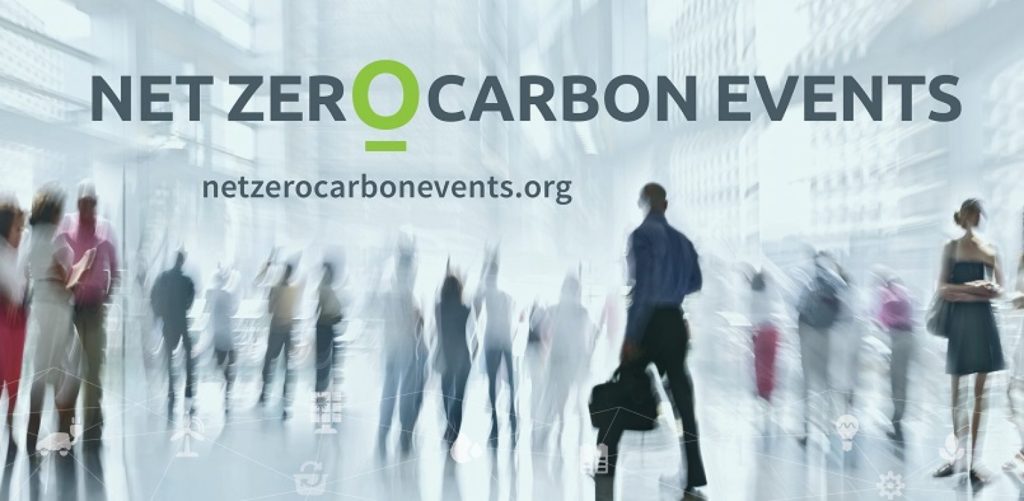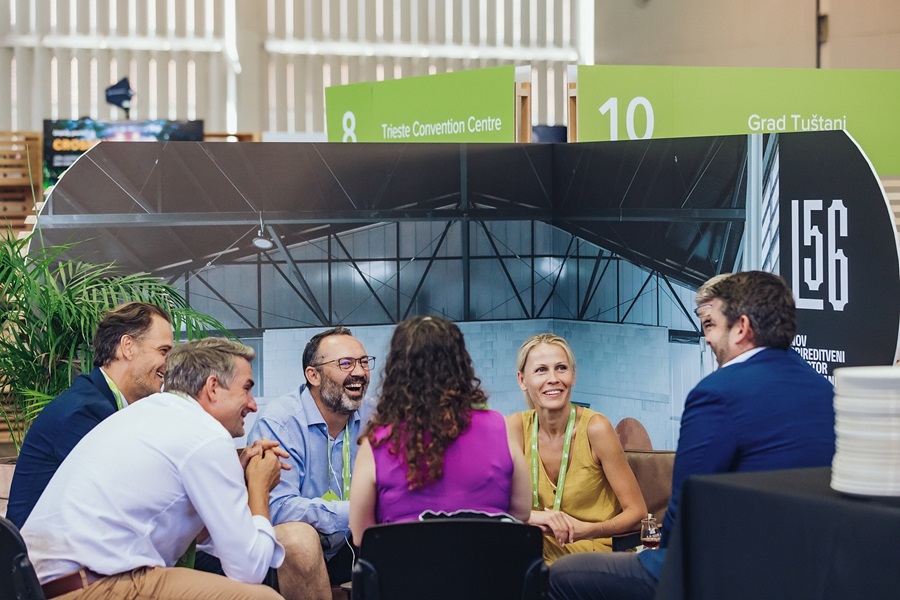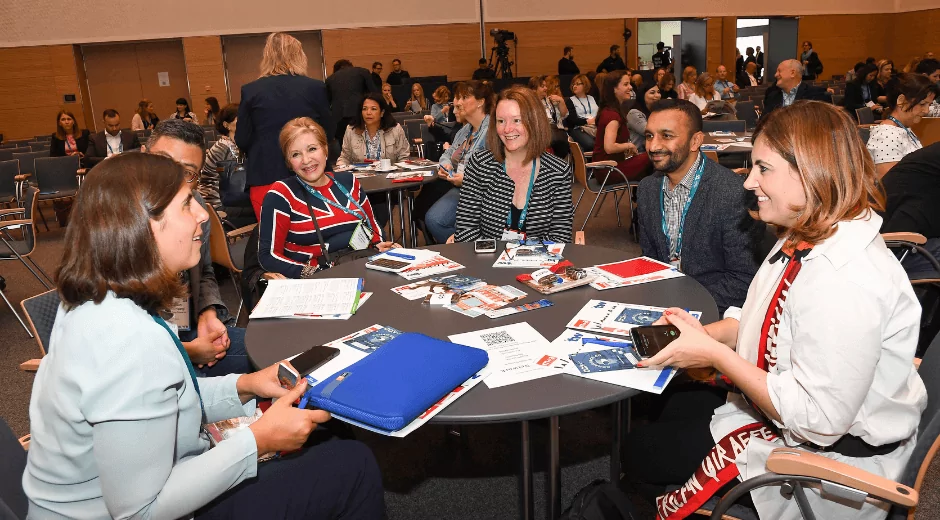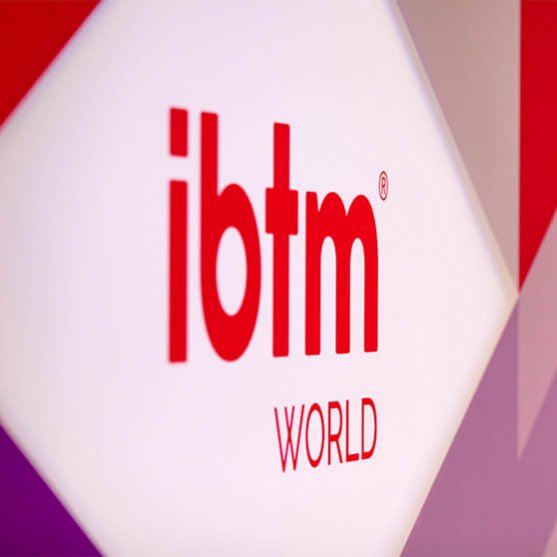What is ‘NetZero Events’, the international commitment of the MICE industry?

Share news
Listen
The initiative was launched in August 2021, and now has over 400 supporting organizations from 55 countries. And it just published, after the COP summit, its roadmap. Here are the main components of this initiative.
Who is involved in this movement? The initiative has a strong representation of our industry. It is led by the Joint Meetings Industry Council (the union of the main meetings & events associations) and has the support of such important players as Reed Exhibitions, Imex, Tarsus, Freeman, UFI, AIPC. The big guys are here, with an especially strong representation of the trade show industry.
The general commitment. The idea is to move to carbon-free events by 2050, in line with the commitments of many institutions, like the European Union. Problem: it is a remote date, and this commitment does not have much meaning if it does not come with intermediary commitments. The steps are the following:
- Before the end of 2023, publish the organisation’s pathway to achieve Net Zero by 2050, with an interim target in line with the Paris Agreement’s requirement to reduce GHG emissions by 50% by 2030.
- Collaborate with partners, suppliers and customers to drive change across the value chain.
- Measure and track our Scope 1, 2 and 3 GHG emissions according to industry best practice.
- Report on progress at least every two years.
Hybrid as a solution? Not really: the primary aim of the project is “to decarbonise the in-person element of events, rather than propose digital or hybrid events as a solution”. One of the ideas of the project is probably to keep alive the wonderful F2F format, and avoid it being questioned as an irresponsible industry.
A collective initiative. “The events industry is made up of a complex network of stakeholders and a deep supply chain, all of whom will need to work to reduce their emissions in order for the industry to achieve Net Zero”, so collaboration will be needed to improve our collective impact. So the idea is to break it down by type of player (organisers, venues, service providers).
Step by step. This will be a very complex project, since events are the result of the collaboration between so many players, and also since events are always different from each other, making standardization difficult. So the first step (2023) is simply to “define and plan”, or to determine what we will concretely do. Then, by 2025 we have to “measure and embed”, ensuring that measurement of the carbon footprint have to be in place and included in all contracts. By 2030 the priority will be to “reduce” and by 2035 to “replace”. As you can see, there is a lot to do in terms of definition of our roadmap.
5 main fields of action. The plan identifies five fields in which we have to get moving.
- Power events efficiently, with clean, renewable energy. By 2050, all energy related emissions should be accurately accounted for, energy efficiency should be maximised and renewable energy should be used where possible.
- Redesign events to utilise sustainable materials and be waste free. By 2050 events will send zero waste to landfill and all assets and materials will be hired, repurposed, refurbished, recycled or re-used.
- Source food sustainably, and eliminate food waste. The emissions associated with food and catering at events should be minimised through the use of seasonal, organic and local products, the elimination of high carbon foods and a circular approach to food production and waste.
- Move goods and equipment efficiently and transition to zero emissions logistics. The weight of materials and items which are freighted for events is significantly reduced and logistics planning is built around maximum carbon efficiency so that the emissions from logistics are minimised, using low carbon options, with any residual emissions offset in a robust way.
- Work with and influence partners in the travel sector to reduce and mitigate the emissions of travel to events. By 2050 travel and accommodation to events will be as low carbon as possible, and any residual emissions will be neutralised using accredited carbon capture or equivalent.
Each of these five points is detailed by type of player (venues, organisers, providers). For instance the first point (power events efficiently) is detailed in such points as, for venues, “provide energy consumption data to organisers”; “establish energy baseline and set reduction targets”. “work with organisers to implement temperature guidelines which reduce energy consumption”; for organisers, things like “focus on embedding sustainability and carbon reduction into events” or “request energy consumption data from venues as standard” and for providers, “on-site energy efficiency plans in place” or “ensure any new equipment procured is of high energy efficiency”. As you can see, interesting, but still to be concreted.
You can find information about this initiative in https://netzerocarbonevents.org/resources/











